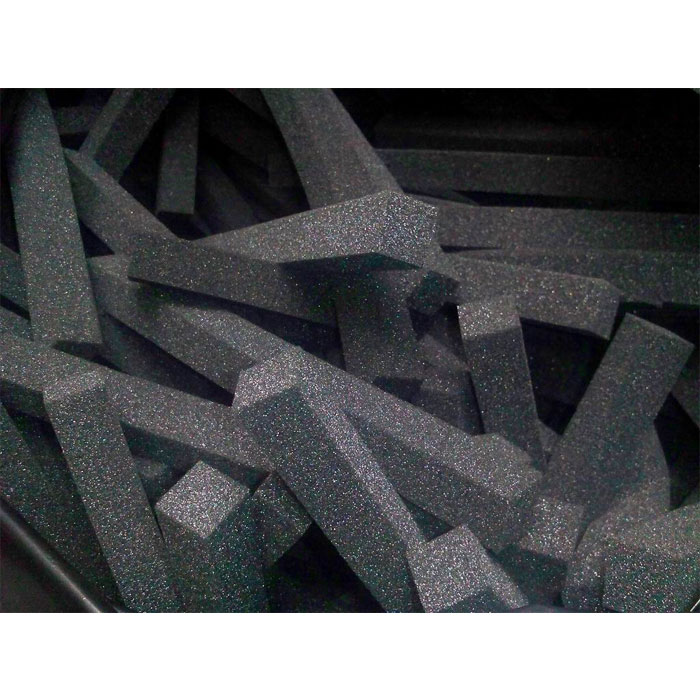According to the general principle of molding process selection, realize the microphase separation of polyuréthane elastomer and meet the requirements of excellent product performance. With reference to factors such as extrudability, moldability, ductility and spinnability, the molding process shall be performed according to the following principles : Polyuréthane compound rubber, polyuréthane cast rubber, polyuréthane water emulsion and polyuréthane thermoplastic four basic rubber types, respectively according to rubber, casting, coating and plastic molding processing methods; through the combination of classic molding processing methods, select the series of derived rubbers Molding processing method. Analysis of the dependence of the selection of polyuréthane elastomer molding processing on deformation factors and curing factors shows that extrusion molding, injection molding and calendering are the key methods in molding processing.
1. Molding and processing method of polyuréthane compound
Polyuréthane compound rubber, as rubber, has high elasticity, high molecular weight and needs to be cross-linked. Therefore, the molding process is compounding, raw rubber plasticizing, rubber mixing, molding and vulcanization. The polyuréthane elastomer can be molded by compression molding, extrusion molding, injection molding and calendering. The molding process is usually carried out at low temperature, which is conducive to morphological microphase separation. The vulcanization system of peroxides such as dicumyl peroxide and tert-butyl cumene can extend the time and carry out at low temperature, so that the permanent deformation of the polyuréthane Le composé est petit, la déformation par compression est petite et la résistance à la chaleur est améliorée. Bien entendu, le choix du moulage par injection peut améliorer la précision dimensionnelle du produit, et le choix du moulage par extrusion peut améliorer la continuité de la production.
2. Méthode de moulage et de traitement depolyuréthanecolle de coulée
Polyuréthanecolle de coulée can be used as a complex product for pouring and infusion molding. The method is simple. As long as the liquid is injected into the mold, it can be cured into a product with a complex shape after heating. The one-step synthesis of polyuréthanecolle de coulée is to put polymer diol, diisocyanate and chain extender together, pour it into a mold and heat it to cure after being fully mixed, and perform post-vulcanization after the size is stable. Polyuréthanecolle de coulée is synthesized by prepolymerization method. The prepolymer and chain extender are put together and fully mixed. After vacuum degassing, it is injected into the mold to heat up and cure, and then vulcanized to obtain the product, and high-efficiency mold release agent is added for demolding. Reaction injection molding is essentially a one-step reaction or semi-prepolymerization reaction, but the reaction is carried out under high pressure and full mixing, which greatly improves the strength and adhesion properties of the product.
3. Polyuréthaneprocédé de traitement de moulage par émulsion d'eau
Polyuréthane water emulsion is environmentally friendly, but has poor film-forming properties. It needs to be cross-linked appropriately and can be molded by spraying.
4. Polyuréthane thermoplastic molding processing method
Polyuréthane thermoplastic is a kind of linear polymer, which can be used for reversible molding processes such as extrusion, injection molding, blow molding, calendering, and spinning. Semi-prepolymerization can effectively microphase separation. The calendering temperature is adjusted moderately, so that there is a balance between melt viscosity, fluidity and melt strength. In order to increase the hardness of polyuréthane thermoplastics, micro-crosslinking is usually required to improve the mechanical properties of polymer materials, especially solid materials, on the basis of extrudability, moldability and ductility.


